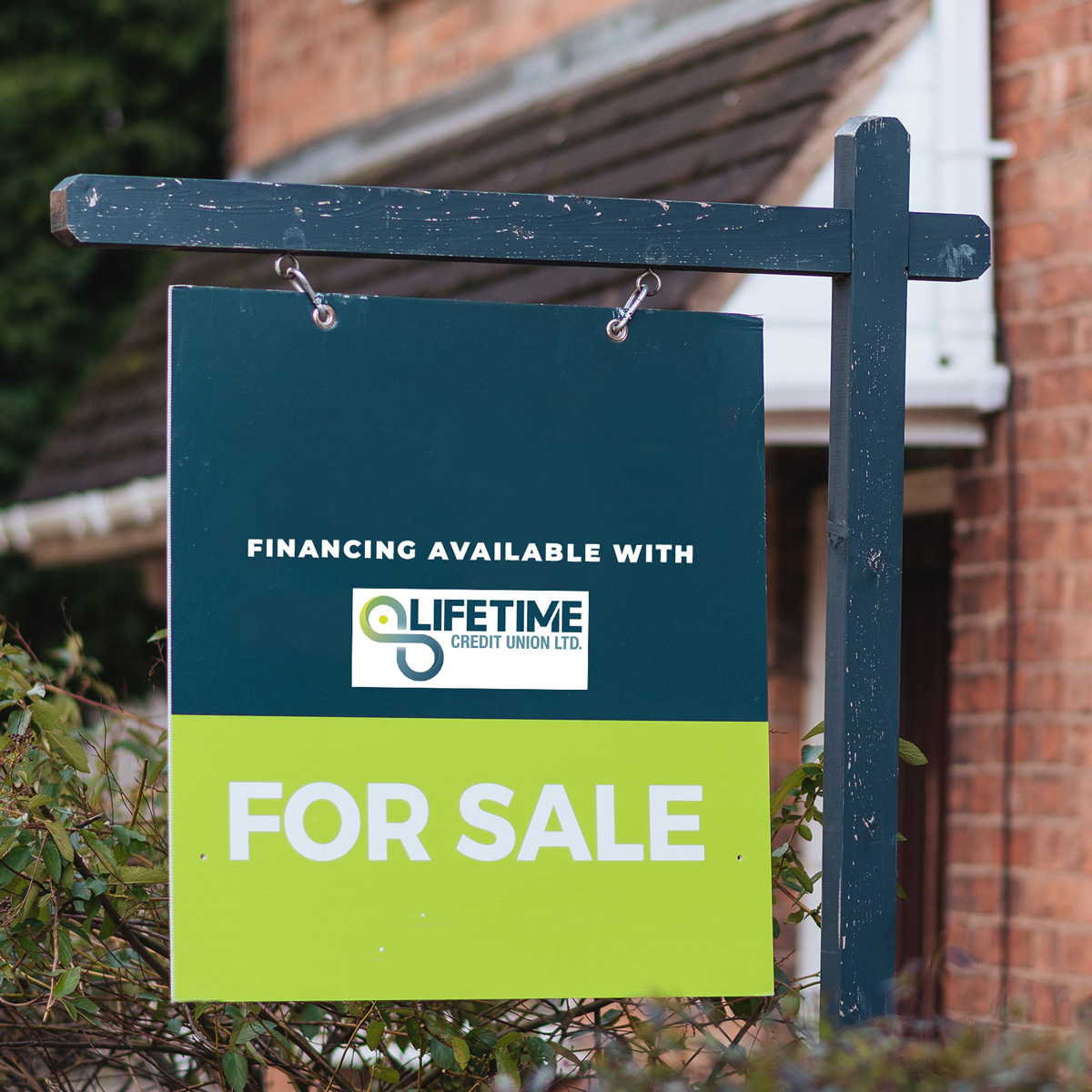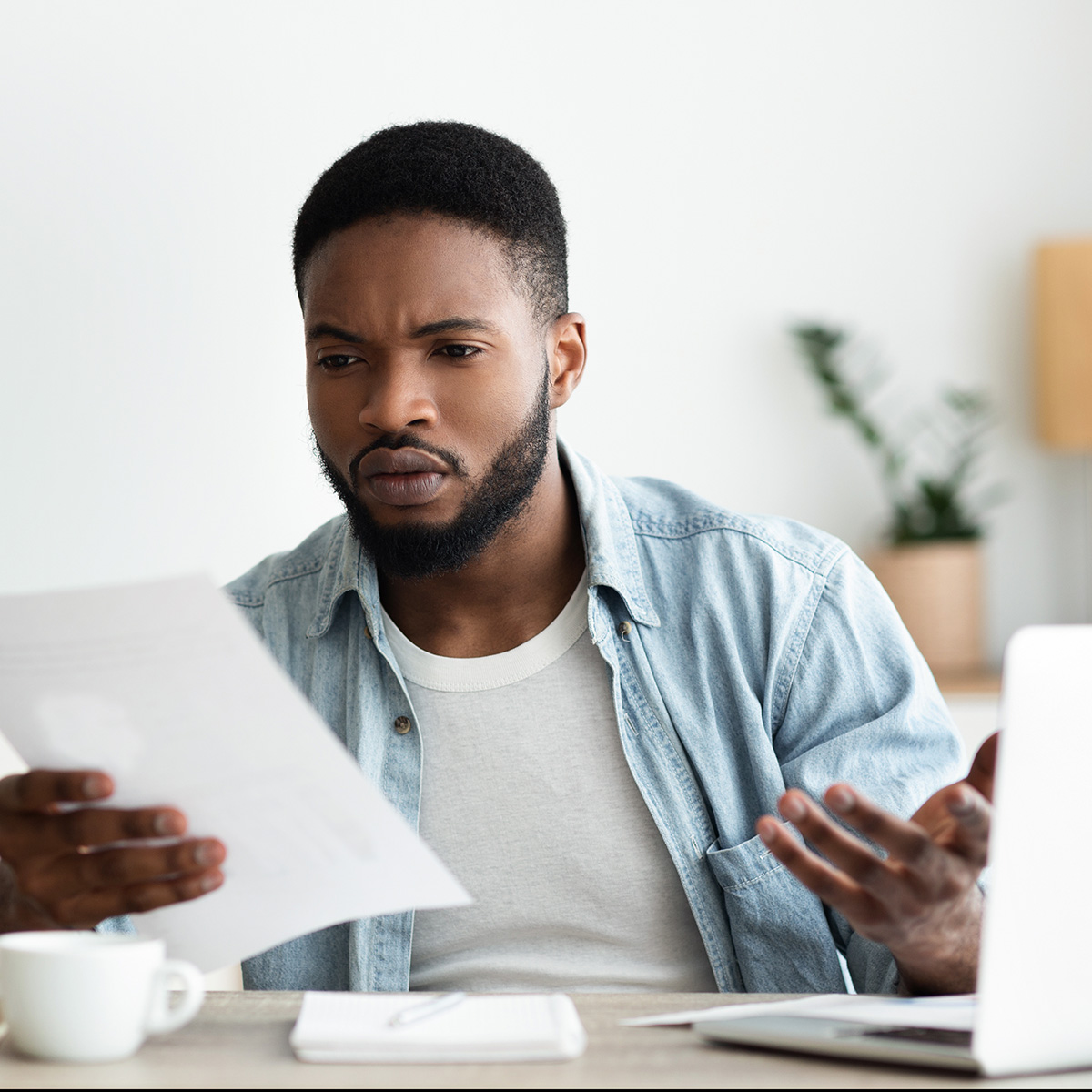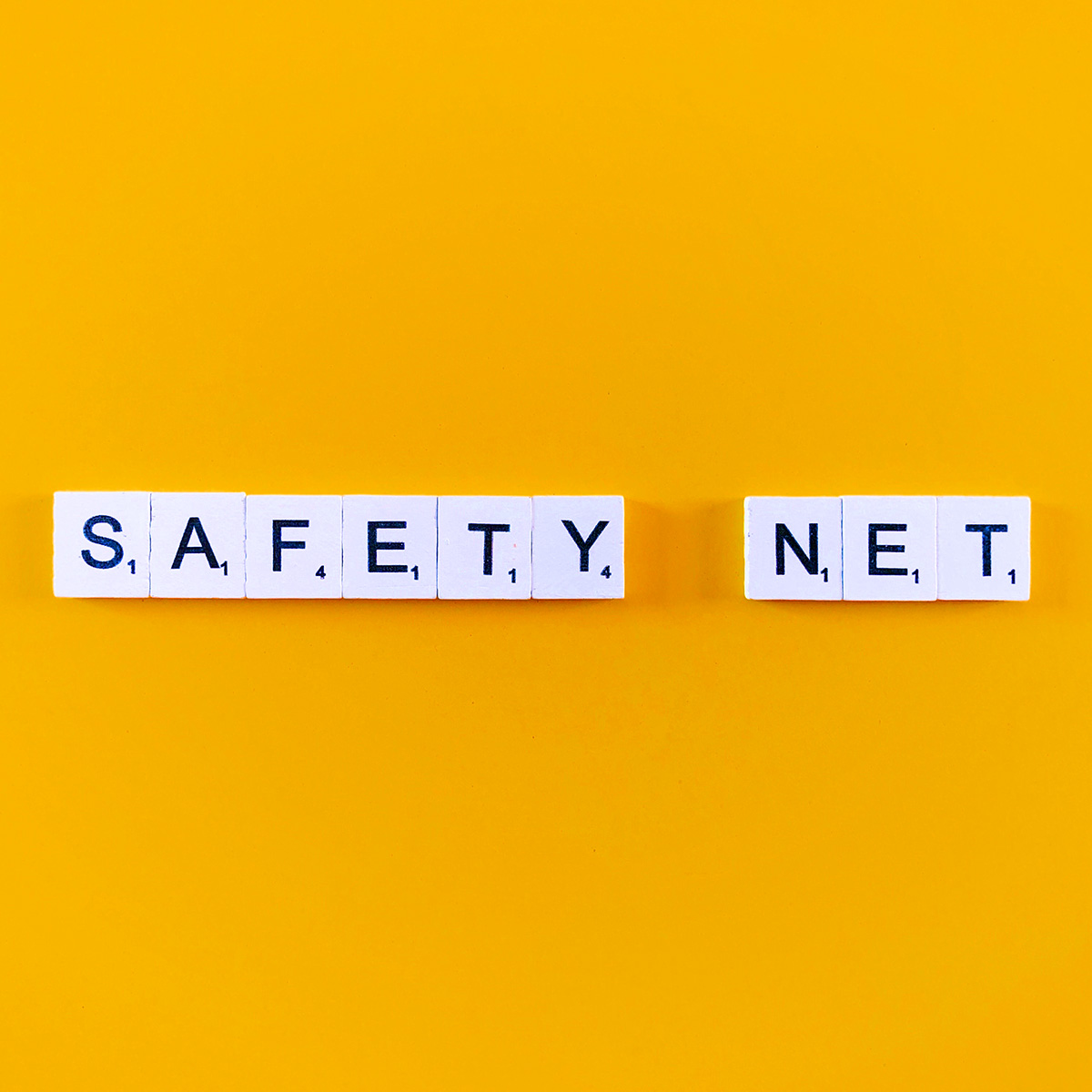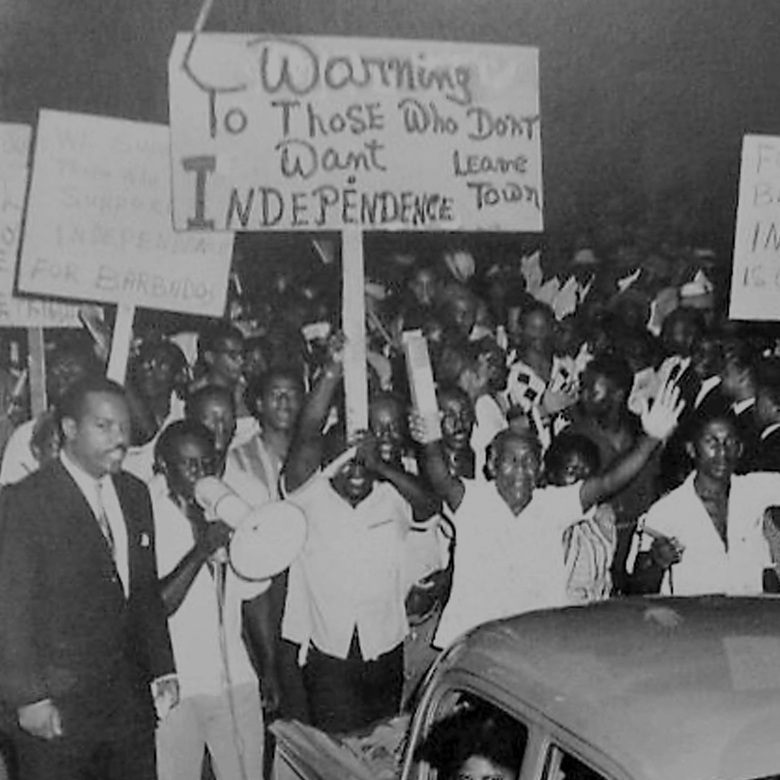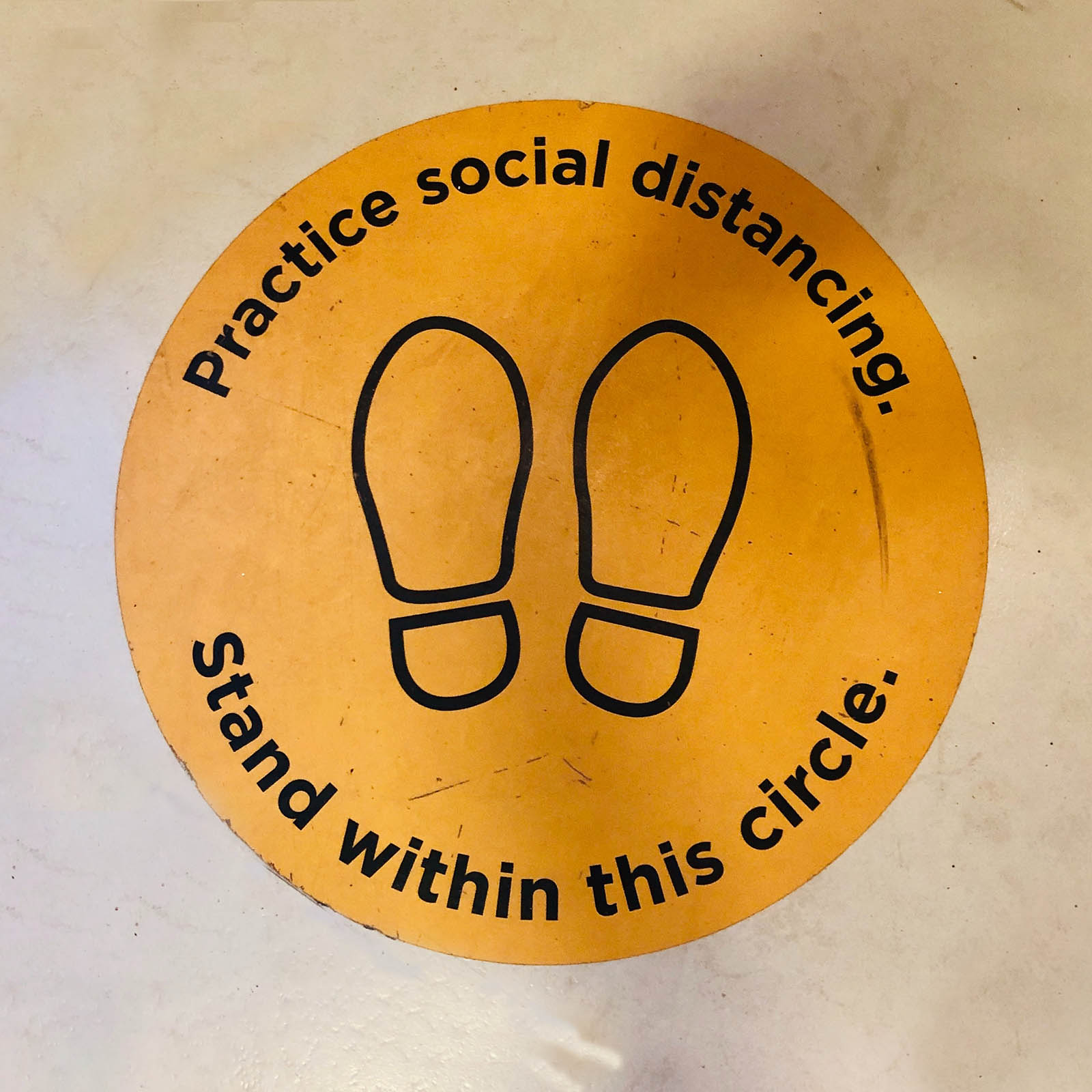So you’ve decided to start an Emergency Fund. Congrats! You won’t regret it.
Our last blog post told you that this type of fund is like a personal insurance policy. It covers you in the event of an emergency. It discourages you from dipping into your savings, and this kind of financial backup makes life a lot less stressful.
So, as we promised, let’s look at how you can get started.
The First Steps
As with any other financial plan, it’s always useful to do a little research first. Keep in mind that everyone is in a different financial situation. This means it’s essential to focus on yourself; your commitments, your needs, your habits.
An essential first step is to set your goal; in our last post, we pointed out that the ideal emergency fund will cover your living expenses for three to six months. But you can start with two or even one month; getting started is the key at this point.
Next, start writing things down on paper or putting them in a spreadsheet; this is a critical step. Start by listing your expenses. You can list them by categories like Essential, Stuff I Like and Leisure, or set them out by size or even frequency; like weekly, monthly and annually. The important thing is that you end up with a list that gives you a budget that is as complete a picture as possible.
From there, you also want to look at all your sources of income. Now most of us can only afford to have one job, but some of us also make time to help out relatives and friends on weekends or turn a side hustle baking coconut bread once a month. This makes you a part of the informal economy. But don’t over-think this; at this point, we really want to focus on getting this information down in writing.
You’ve Come A Long Way
At this point, give yourself a pat on the back. You’ve come a long way, and you have the building blocks of almost every other personal financial planning exercise you will ever undertake. Store this information in a safe place. If you use a spreadsheet, you can password-protect it; a little security is a good thing. But use a password you are sure to remember or store it in a password app like Lastpass, you don’t want this work to go to waste. Now that this file is done, you can come back and update it at any time. Like when you secure that promotion at work, decide to move to a new apartment or make any other decision impacting your ability to spend or save.
Now, take a close look at these two columns, Expenses and Income; you are now ready to figure out how you will finance your emergency fund. During this step, take a look at where your money is going and in what proportions. How much are you spending on snacks, on clothes, on food? When you look at your food bill, how much of it is the food you cook at home, how much on eating out, how much is on take-out and fast food? These patterns will help you see where your money is going and give you the information you need to make some choices on how much you spend.
The Practical Steps
In our previous post, we suggested that you start simple when you decide to cut things out of your budget; we’re sticking with that. Even now, when things are a lot different than many of us expected, or hoped, there is still wriggle room if you look closely.
For example, some of us work from home now that schools are back online and maybe spending more on food but saving on gas. Do the math, do they balance each other out? You have a comprehensive list of expenses now. This will make it a lot easier to see patterns, potential problems and most importantly, opportunities.
Take a critical look at your expenses and rank them honestly, are they essentials, wants or just something you keep around just for the fun of it. Ask yourself things like, can I survive a downgrade of my streaming service?
And remember, pay yourself first, we can’t stress this enough. If you don’t, you can quickly end up being tempted into spending money on one of the things you just cut from your budget. When you pay your emergency fund first, you are acknowledging its importance. You are saying to yourself this is something I need for me.
In Closing
Finally, like we always say, do some research. Check out the websites of the companies you do business with. They may be offering concessions or opportunities that you missed.
We know that starting an emergency fund during a pandemic is not ideal, but it’s also not impossible. We know you can do it. And we are here to help.
One last thing, on a more personal note; it may be the month of love, but it’s not against the law to celebrate Valentines more discreetly. How about a hearty home-cooked meal, a day of pampering for your special friend or a Bajan limerick memorialising your courtship. We even gave it a try.
There once was a girl from the Ivy,
With a smile so bright, it near-blind me.
I baked her a sweet bread.
It went straight to she head.
And it look like she ready to marry.
Happy Valentines. And Happy Saving.

